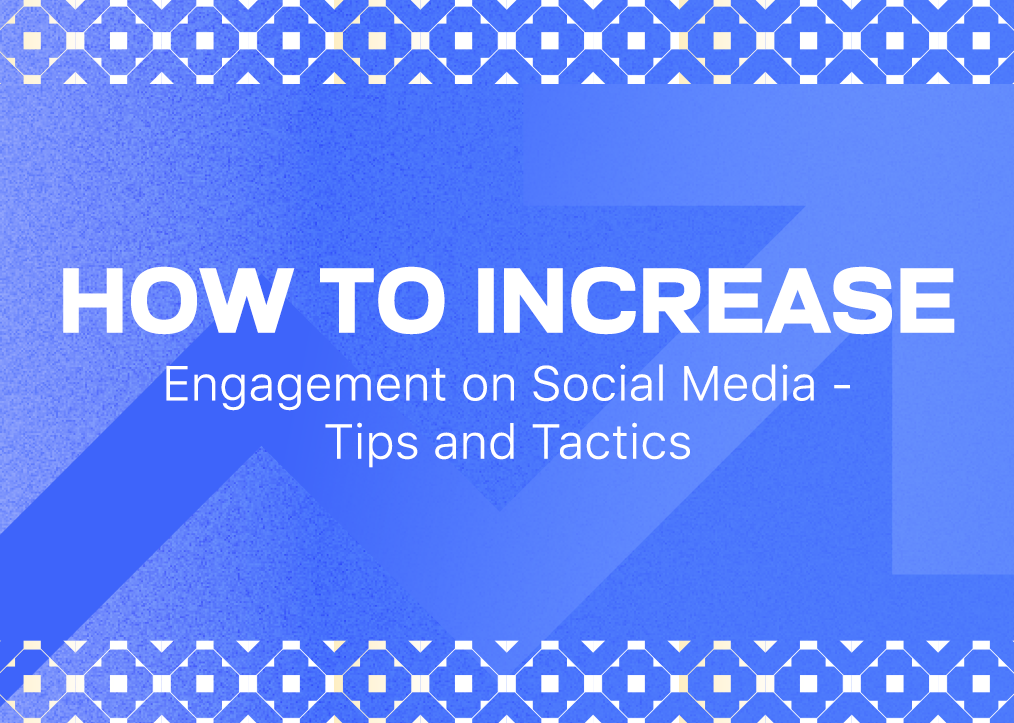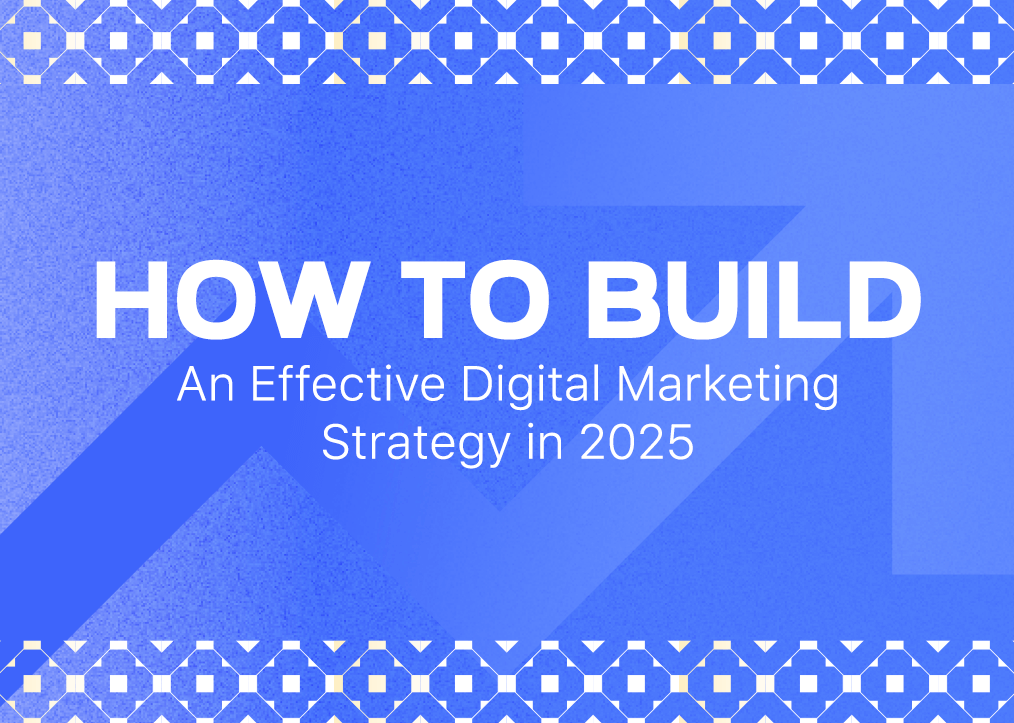High-quality content is the foundation of SEO success in today’s digital world. SEO is no longer about stuffing keywords. Today, it’s about creating content that both search engines and readers find valuable. Good content helps the right audience find your website, improves search rankings, and keeps visitors returning. A strong SEO content strategy answers user questions while reflecting your brand’s values. This guide will show you how to write content that ranks well and keeps readers engaged by following SEO best practices.
How Quality Content Improves SEO Performance?
Content drives organic search traffic. Fresh, valuable content signals to search engines that your site is active and relevant. It gives search engines more pages to index and more opportunities to match user queries.
Quality content generates audience trust. Helpful information makes visitors stay longer, explore more pages, and return. These engagement signals tell search engines your site deserves higher rankings.
How Content Affects Rankings
Content plays a crucial role in attracting organic traffic. Regularly updated, valuable content shows search engines that your site is active and helpful. This increases your chances of showing up in search results.
- Matches user searches: Your content should answer what people are looking for. For example, a blog on “best running shoes” is more useful than a general sportswear article for someone searching for running gear.
- Covers the topic well: Search engines prefer detailed content that answers common questions and provides expert advice.
- Uses related words: Instead of repeating the same keyword, use similar terms like “healthy diet” and “nutritious meals” to keep your writing natural.
- Easy to read: Short paragraphs, clear headings, and bullet points make content simple to understand.
- Updated regularly: Refreshing content keeps it useful and signals to search engines that your site is active.
Search engines also measure quality through user engagement:
- Time spent on page: Longer visits indicate valuable content.
- Bounce rate: A high bounce rate suggests the content may be irrelevant or engaging.
- Social shares: When people share content, it signals credibility and usefulness.
- Backlinks from reputable sites: High-quality links improve domain authority and rankings.
- User engagement metrics: Comments, clicks, and interactions show content value.
Writing for SEO: Keywords & Readability
Good SEO writing maintains flow while adding keywords naturally. Keywords should enhance content without overpowering it.
Using Keywords Effectively
Find keywords your audience uses. Tools like Google’s Keyword Planner reveal what people search for.
Place keywords where they matter most, such as:
- Page titles and headings
- The first paragraph of content
- Image alt text
- Meta descriptions
- URL structures
Use related terms and synonyms. They help search engines understand your topic better and make content sound more natural.
Avoiding Keyword Stuffing
Keywords should blend seamlessly into your writing. Forcing them where they don’t fit hurts readability and rankings.
Signs of keyword stuffing:
- Repeating phrases unnaturally
- Cramming keywords into every paragraph
- Using keywords out of context
- Creating content that sounds robotic
Focus on answering user questions first. Let keywords flow naturally as you address their needs.
Remember: modern search engines can spot forced keywords. They prefer content that reads smoothly and provides value.
Blog Writing for SEO: Tips for Better Rankings
Blog entries drive organic traffic to your website. They can increase search rankings and engage readers if written strategically.
Choosing the Right Topics
Look for topics your audience actively seeks. Monitor industry trends using tools like BuzzSumo or SEMrush. Consider issues that align with both your expertise and search demand.
Pay attention to search intent—are people looking to learn, buy, or solve a problem? Match your content to their needs.
Topics should have:
- Reasonable search volume
- Manageable competition levels
- Strong relevance to your audience
- Potential for in-depth coverage
Structuring Blogs for SEO
A well-structured blog keeps readers engaged. Start with a clear outline that logically covers your main points. Begin with the most important information to hook readers immediately. Use keyword-rich subheadings (H2, H3) to organize content and improve SEO. Break down information with bullet points and numbered lists for easy scanning.
Each section should flow smoothly into the next, using clear transitions to keep readers engaged and guide them through your ideas naturally. Well-organized content improves readability and makes information easier to understand.
Start with a clear outline that logically lays out your main points. Put the most critical information upfront so readers get value right away. Use descriptive titles to break up sections naturally, making it easy to navigate.
Each section should flow smoothly into the next, like a good conversation. Strong transitions help guide readers through your ideas, keeping them engaged from start to finish.
Optimizing Blog Content
Focus on creating value first, then optimize for search engines. Include relevant keywords naturally within your text.
Make your content visually appealing with the following:
- Short paragraphs
- Relevant images
- Pull quotes
- Proper formatting
Use internal links to related information. This improves site comprehension for readers and search engines. End with a clear call to action. Encourage readers to subscribe to your newsletter or browse relevant material.
Reread and update older posts. Fresh content helps search engines see your site as relevant. It keeps your helpful information for readers.
Content Writing for SEO: Key Strategies
High-ranking content delivers exactly what users need. Let’s discuss proven methods for optimizing your content for search results.
Creating High-Quality Content
Quality content serves a clear purpose. It answers questions thoroughly and provides actionable insights. Focus on depth rather than word count.
Make your expertise shine by:
- Sharing unique insights from your experience
- Including real examples and case studies
- Backing up your claims with current data
- Offering practical solutions
Using Multimedia for SEO
Rich media enhances user experience and engagement. Search engines prioritize content that keeps visitors interested.
Use multimedia strategically:
- Images – Illustrate key points.
- Infographics – Simplify complex information.
- Videos – Demonstrate concepts effectively.
- Charts & graphs – Present data trends.
Understanding User Intent
User intent drives search behavior. Match your content to what searchers want to know.
Different types of intent:
- Informational: People wanting to learn
- Navigational: Looking for specific sites
- Commercial: Researching before buying
- Transactional: Ready to purchase
Think about what your audience needs. If they’re looking for advice, create a how-to guide. If they’re comparing products, write a comparison article. Track user behavior with analytics to identify high-performing content. Improve underperforming sections by optimizing keywords, enhancing structure, or adding relevant details. Excellent SEO content prioritizes user needs first while also meeting search engine guidelines.
SEO Content Strategy: Optimization Tips
Creating great content isn’t enough—you need a solid SEO content strategy to maximize its impact. This section shows you how to plan, implement, and measure your content’s SEO success systematically.
Building a Content Calendar
A content calendar keeps you consistent and organized. Plan your content themes around seasonal trends, industry events, and audience interests.
Map out your content:
- Schedule regular posting times
- Balance content types
- Plan topic clusters
- Allow flexibility for trending topics
Using Internal Links & Backlinks
A strategic link structure boosts your website’s SEO. Internal links help visitors explore your site while showing search engines how your content connects.
Focus on quality backlinks from:
- Industry experts
- Relevant blogs
- Reputable news sites
- Professional associations
Tracking SEO Performance
Monitor key metrics to refine your SEO content strategy:
- Page rankings
- Organic traffic growth
- Time on page
- Conversion rates
- Bounce rates
Tools like Google Analytics and Search Console can be used to track progress and identify areas for improvement.
Conclusion
If you want your content to rank and engage readers, focus on SEO and user experience. Write for real people first while keeping search engines in mind. Create valuable, well-researched material that naturally follows SEO content strategy.
Remember these key takeaways:
- Quality content always wins
- User intent guides your strategy
- Regular updates keep content fresh
- Measure and adjust your approach
Start implementing these strategies today. Watch your rankings improve as you deliver content that both search engines and readers love. Keep learning and adapting to new SEO trends.
The digital landscape evolves constantly, but quality content remains at its core.







